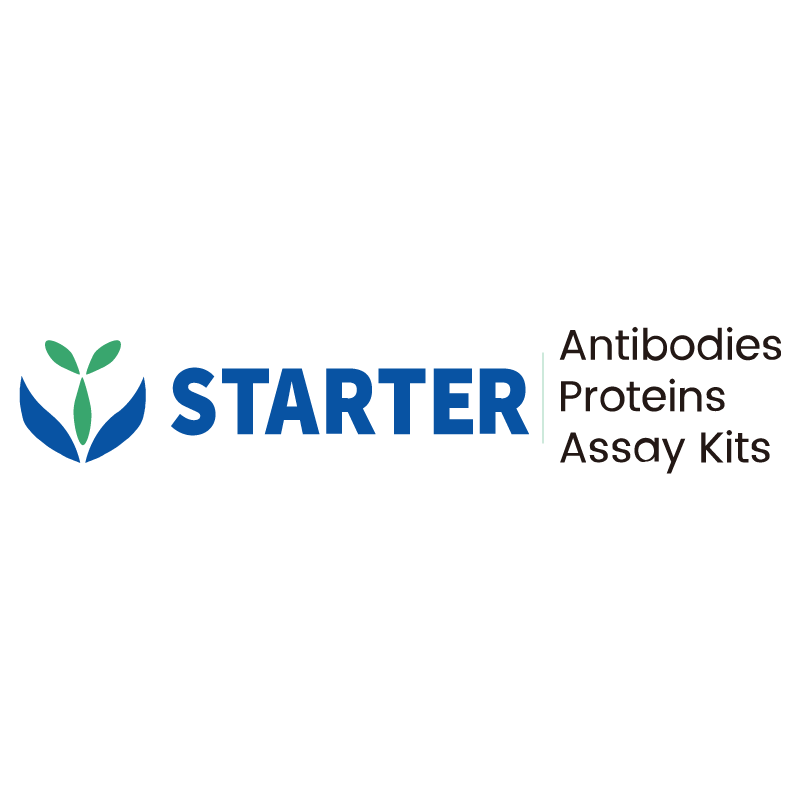4 μg(R: reducing conditions)
Product Details
Product Details
Product Specification
| Species | Human |
| Synonyms | Mucin-17, MUC-17, Small intestinal mucin-3 (MUC-3), MUC3 |
| Accession | Q685J3 |
| Amino Acid Sequence | Protein sequence (Q685J3, Lys4120-Tyr4338, with C-His tag) KSNPTSTPTVPRTTTCFGDGCQNTASRCKNGGTWDGLKCQCPNLYYGELCEEVVSSIDIGPPETISAQMELTVTVTSVKFTEELKNHSSQEFQEFKQTFTEQMNIVYSGIPEYVGVNITKLRLGSVVVEHDVLLRTKYTPEYKTVLDNATEVVKEKITKVTTQQIMINDICSDMMCFNTTGTQVQNITVTQYDPEEDCRKMAKEYGDYFVVEYRDQKPY |
| Expression System | HEK293 |
| Molecular Weight | Predicted MW: 26.5 kDa Observed MW: 19-30 kDa |
| Purity | >90% by SDS-PAGE |
| Endotoxin | <0.1EU/μg |
| Tag | with C-His tag |
| Physical Appearance | Lyophilized Powder |
| Storage Buffer | Lyophilized from a 0.2 μm filtered solution of 0.2M PBS, pH7.4. |
| Reconstitution | Reconstitute no more than 1 mg/mL according to the size in deionized water after rapid centrifugation. |
| Stability & Storage | 12 months from date of receipt, -20 to -70 °C as supplied. |
Background
Mucin-17 is a protein that in humans is encoded by the MUC17 gene. Membrane mucins, such as MUC17, function in epithelial cells to provide cytoprotection, maintain luminal structure, provide signal transduction, and confer antiadhesive properties upon cancer cells that lose their apical/basal polarization. MUC17, contains an extended, repetitive extracellular glycosylation domain and a carboxyl terminus with two EGF-like domains, a SEA module domain, a transmembrane domain, and a cytoplasmic domain with potential serine and tyrosine phosphorylation sites. Interacts via its C-terminus with PDZK1 and this interaction appears important for proper localization.
Picture
Picture
SDS-PAGE


